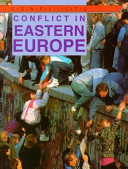
Discusses the recent tumultuous events in Eastern Europe, focusing on the rise and fall of communism.

Discusses the recent tumultuous events in Eastern Europe, focusing on the rise and fall of communism.
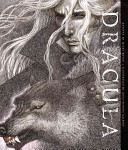
Enter the realm of Count Dracula! Bram Stoker’s masterpiece is adapted for a younger audience with all the sinister intrigue of the original novel. English solicitor Jonathan Harker is on a journey to see a new client–the enigmatic Count Dracula. But when the unfortunate Harker finds himself held prisoner in the count’s remote castle, he must use all his faculties to escape. With the help of Professor Van Helsing, can he prevent the evil that has been unleashed from destroying his world? Illuminated in all its gothic majesty through the vivid artwork of Anne Yvonne Gilbert, this new edition is adapted for younger readers but retains the mystery and shocking twists of Bram Stoker’s classic.
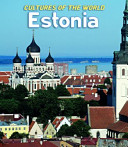
“Provides comprehensive information on the geography, history, wildlife, governmental structure, economy, cultural diversity, peoples, religion, and culture of Estonia”–Provided by publisher.
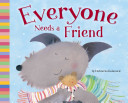
Jack the wolf doesn’t mind living alone, but he does get lonely on long winter nights. Then one day Walter the dormouse comes for a visit. Walter is fun to be around, but he certainly does have some annoying habits! Can Jack get over them, or will this be the end of their friendship?
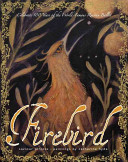
“In the shadow of King Vaslav’s Palace was a marvelous garden, and in the middle of that garden stood a tree that grew apples of solid gold, each one as dazzling as the sun.”Someone is stealing the king’s famous golden apples, and the culprit must be found. The palace gardener spots the luminous Firebird snatching the apples in the night. The king’s two oldest sons are sent to capture it but fail. So Ivan, the youngest son, must go on the dangerous quest, befriending a gray wolf, winning both the Firebird and the heart of the beautiful Princess Helen. Saviour Pirotta’s powerful retelling of this classic folktale plumbs the heart of human fears, courage, and love.
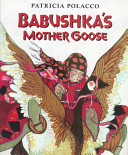
Presents a collection of traditional rhymes, rewritten to feature Russian characters and scenes.
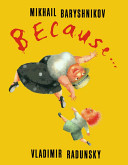
A young boy who lives with his grandmother is terribly embarrassed by her behavior at first, but comes to realize that she is not just having fun, she has a reason for each strange action.
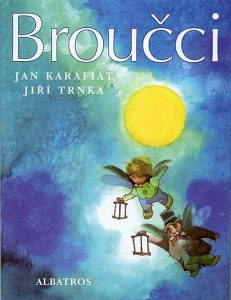 Broučci is a classic children’s book by Jan Karafiát published in the Czech language in the early 1870s. The title is the Czech word for beetles, and the word is also used for “traditional Czech figures of fairylike insect people”[2] such as the characters in the book. In English, the title is often translated as Fireflies.
Broučci is a classic children’s book by Jan Karafiát published in the Czech language in the early 1870s. The title is the Czech word for beetles, and the word is also used for “traditional Czech figures of fairylike insect people”[2] such as the characters in the book. In English, the title is often translated as Fireflies.
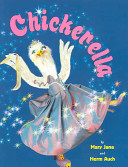
When Chickerella’s new step mother and step sisters, Ovumelda and Cholestera, move in, life in the chicken coop takes a turn for the worst. Forced to cook and clean for her new family, Chickerella won’t even be able to attend the Fowl Ball, that is, until her Fairy Goosemother appears. The unusually stylish Chickerella dazzles the prince in her eggsquisite gown but at the stroke of midnight, she must race home before the spell is over. Will the prince ever be able to find his love? Only a glass egg remains a clue to her identity.
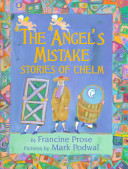
Explains how a botched mission by two angels created the town of fools known as Chelm.